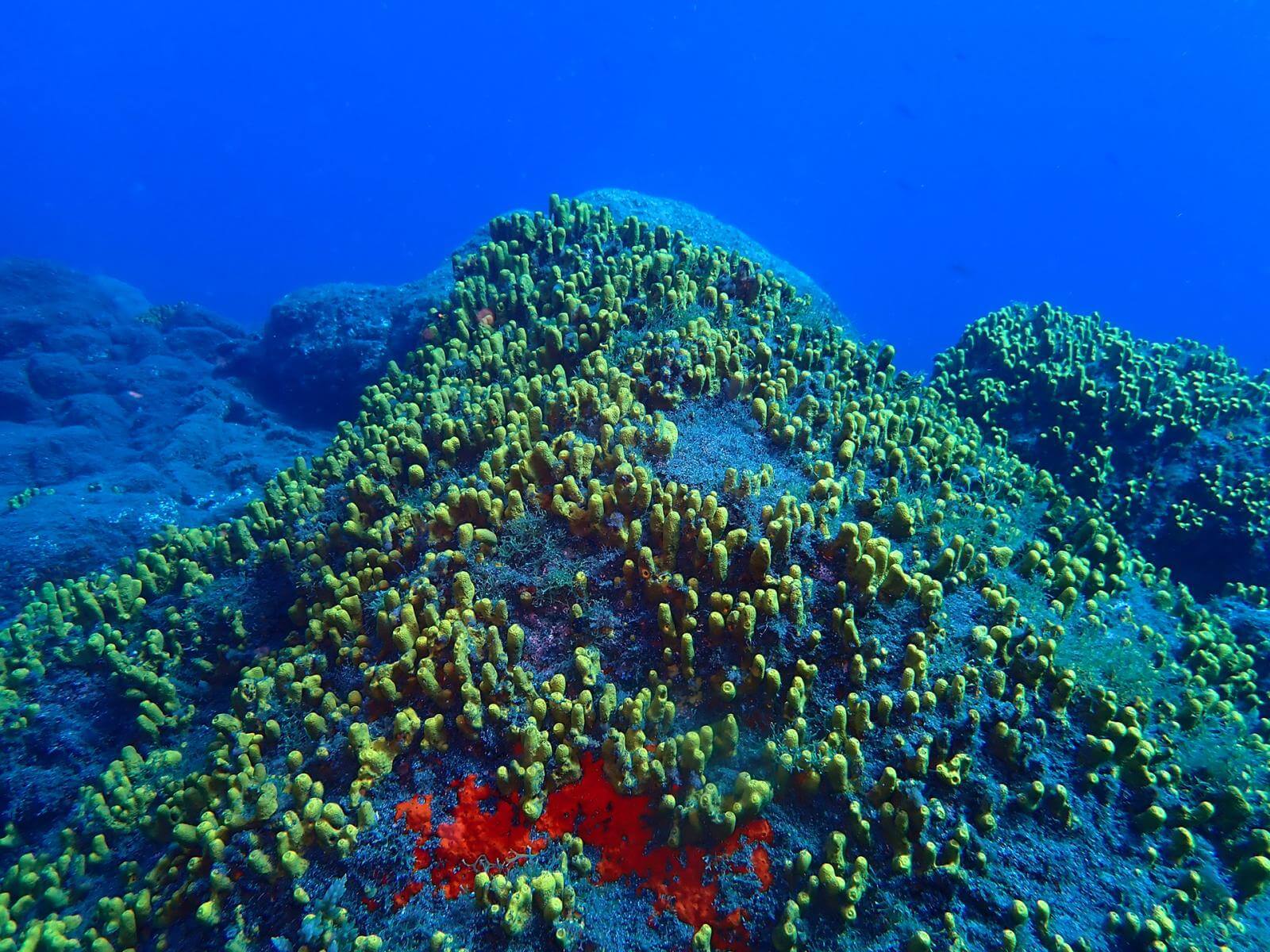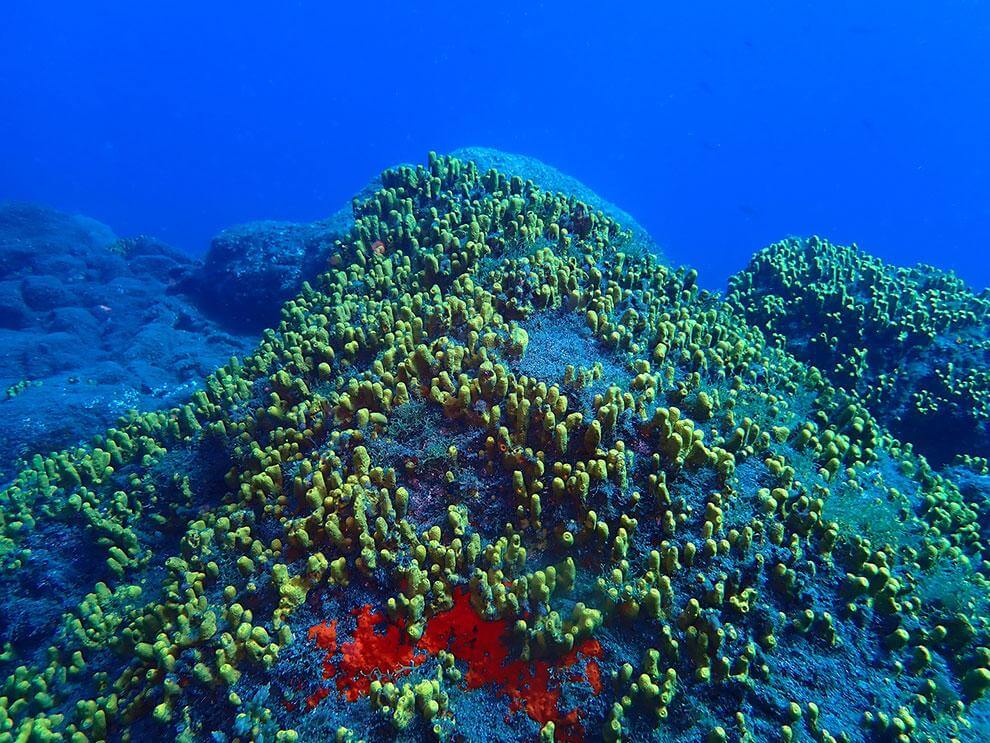Marine life
For whom may think the coast around La Gomera is impenetrable, it is worth mentioning that, since humans step on the surf, most locals have grown up near the sea, so people from nearshore areas of the island live in strong connection with the marine environment and organisms living there. This is particularly obvious in the coastal zone around Valle Gran Rey, where fishers use sustainable fishing gears, and there is a rich cultural heritage linked to the ocean and uses on the coast.
This is also reflected in the large number of marine protected areas along this stretch of the island:
- Two natural environments in Valle Gran Rey of large scientific interest are “Charco del Conde” and “Charco del Cieno”, where salt marshes, locally known as “tarajaledas” and “saladares”, provide shelter to rare, but endemic, insects, as well as to migratory and resident birds.
- Along the “Special Conservation Area” of the marine stretch “Santiago-Valle Gran Rey”, it is possible to regularly spot Loggerhead Sea turtles, Bottlenose dolphins and Pilot whales. In this area, coastal environments with marine caves, shallow water sandy bottoms potentially covered by seagrasses, and rocky reefs, are also protected.
- A large number of marine birds can be also encountered in local cliffs, including the Western Osprey, so this area is also protected under the EU Natura 2000 network, under the name of ZEPA “Acantilados del sur de La Gomera”.
- Moreover, the ocean surrounding La Gomera has been declared as a Whale Heritage Site, where the local whale-watching industry follows strict sustainability rules to observe the marine fauna, particularly cetaceans. In addition, the entire island is a “Biosphere Reserve” according to UNESCO, and a Mission Blue “Hope Spot”.
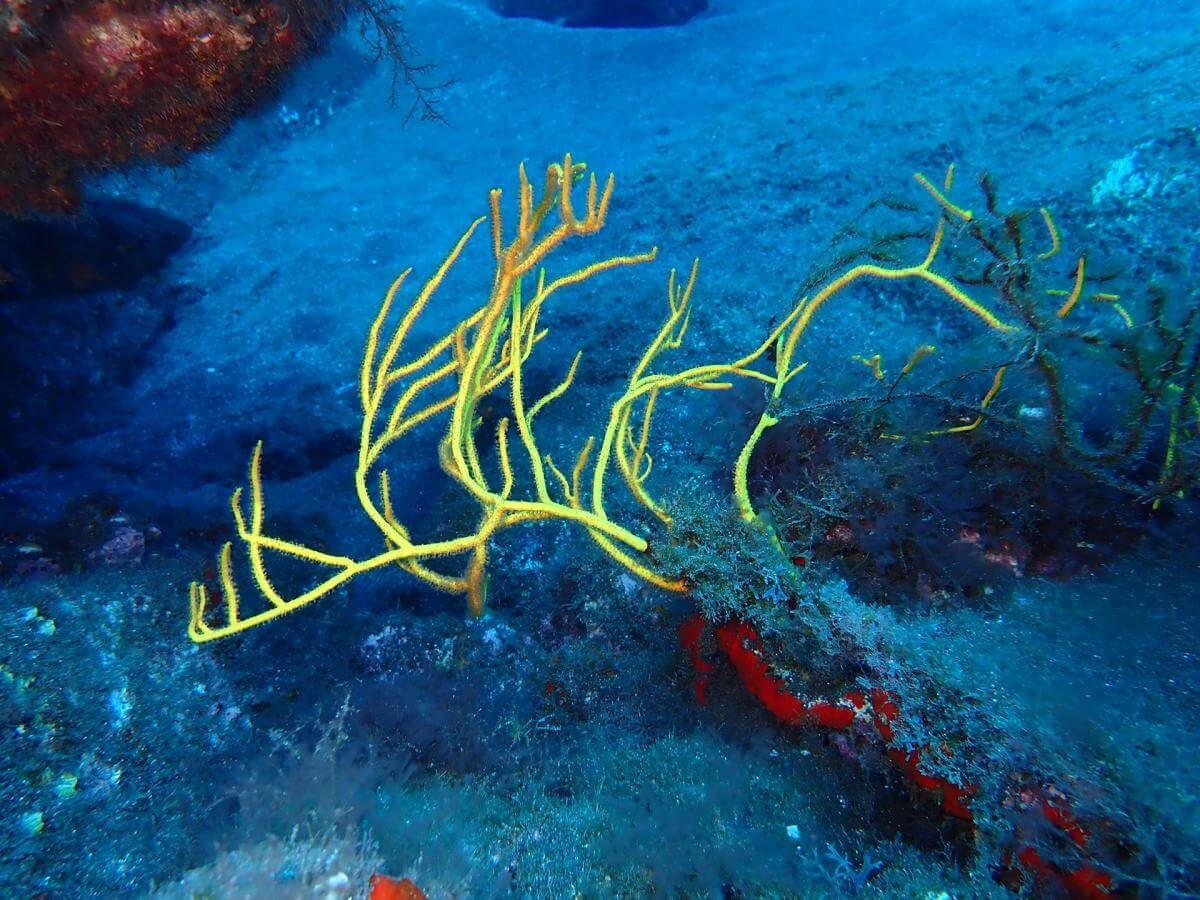
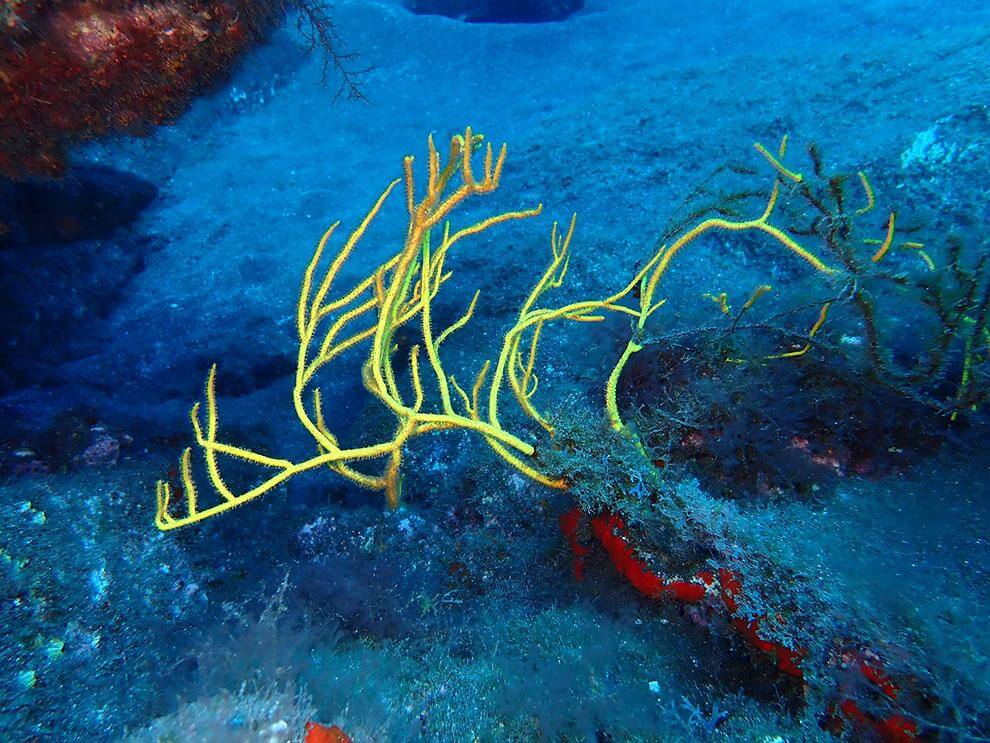
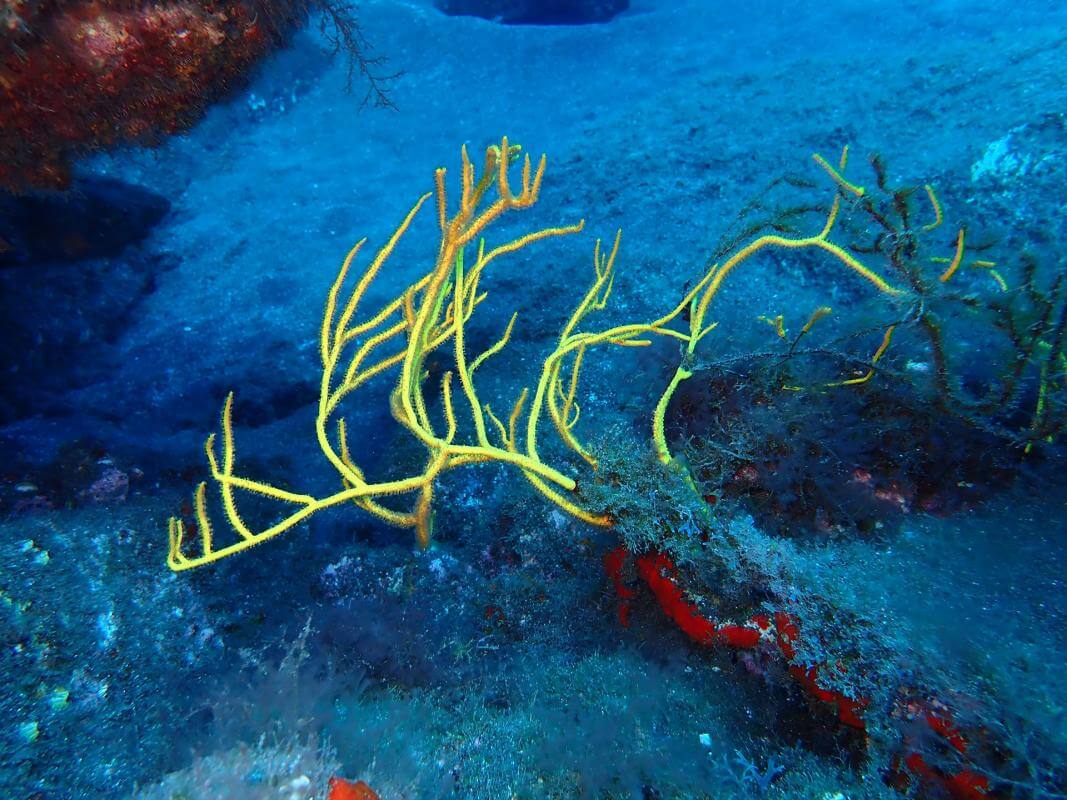

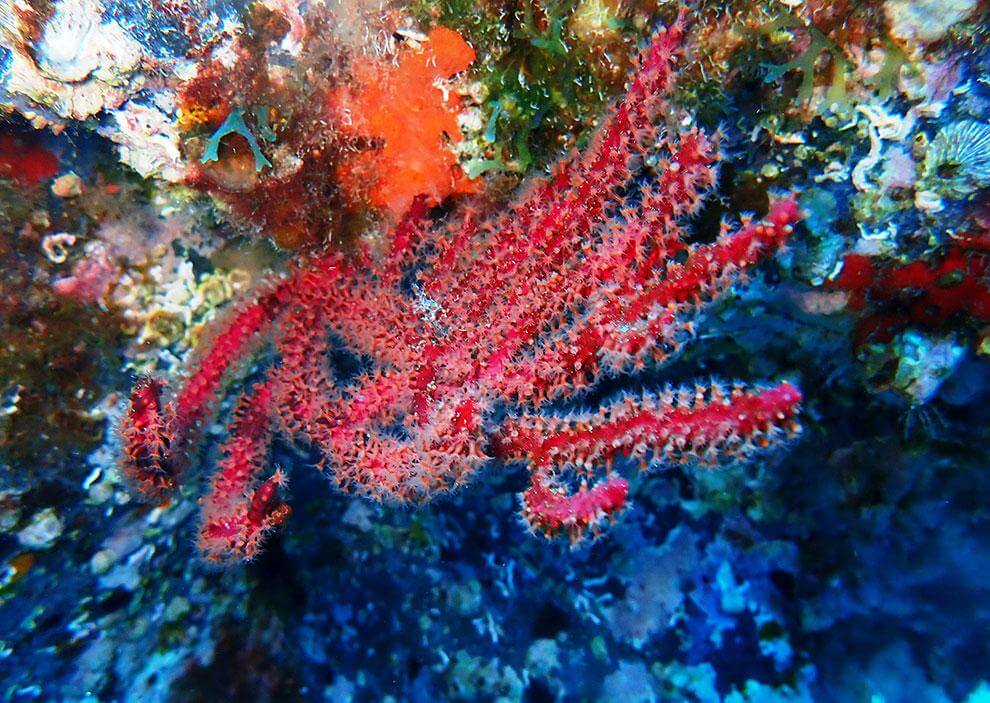
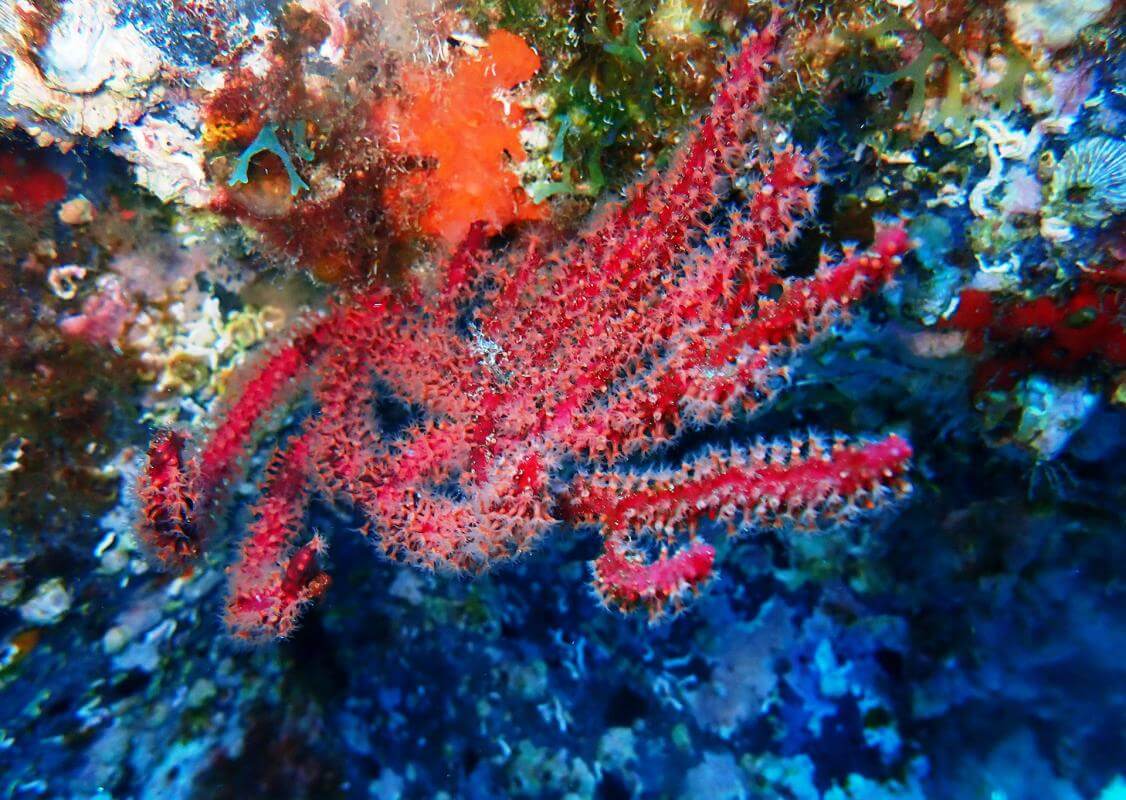
Conservation
Along the coast of Valle Gran Rey, we are delighted by the sun and the sea breeze, the refreshing and joyful play of waves, in addition to a large variety of outdoors adventures.
Actually, we have the knowhow to protect this “Hope Spot”, so our children can enjoy through generations such a natural legacy.
- Cautiously enjoy nature with respect.
- Try to leave the less imprint of our actions in any outdoor activity.
- Select local professional services that follow sustainability standards.
- Do not feed, disturb, harvest, or hunt any animal; do not flip over stones; avoid stepping on salt marshes.
- Reduce the amount of plastic on our daily routine and do not litter plastic in the environment.
- Pick up sustainable products (solar creams, detergents, insecticides, etc.)
Following these simple rules, we will be able to see dolphins playing in crystal waters, altogether with tuna and mackerel, as well as shearwaters surfing above waves, while listening their voices in the night. Also, we can keep seeing colourful fishes and unknown creatures underwater.
Big fishes from VALLE GRAN REY
A marine pleasure
Valle Gran Rey is a very privileged place to observed large-sized marine life. In the local port, we can be delighted by the gentle presence of several species of rays, which peacefully swim here meters away from humans. We invite you to enjoy their presence and promote their conservation.
Enjoy and respect
We must enjoy the presence of such amazing animals with minimum disturbance, avoiding any behaviour that may harm any phase of their life cycles. Valle Gran Rey is a fortunate place, because of their landscapes and marine biodiversity. Please, help us to conserve this heritage through generations.
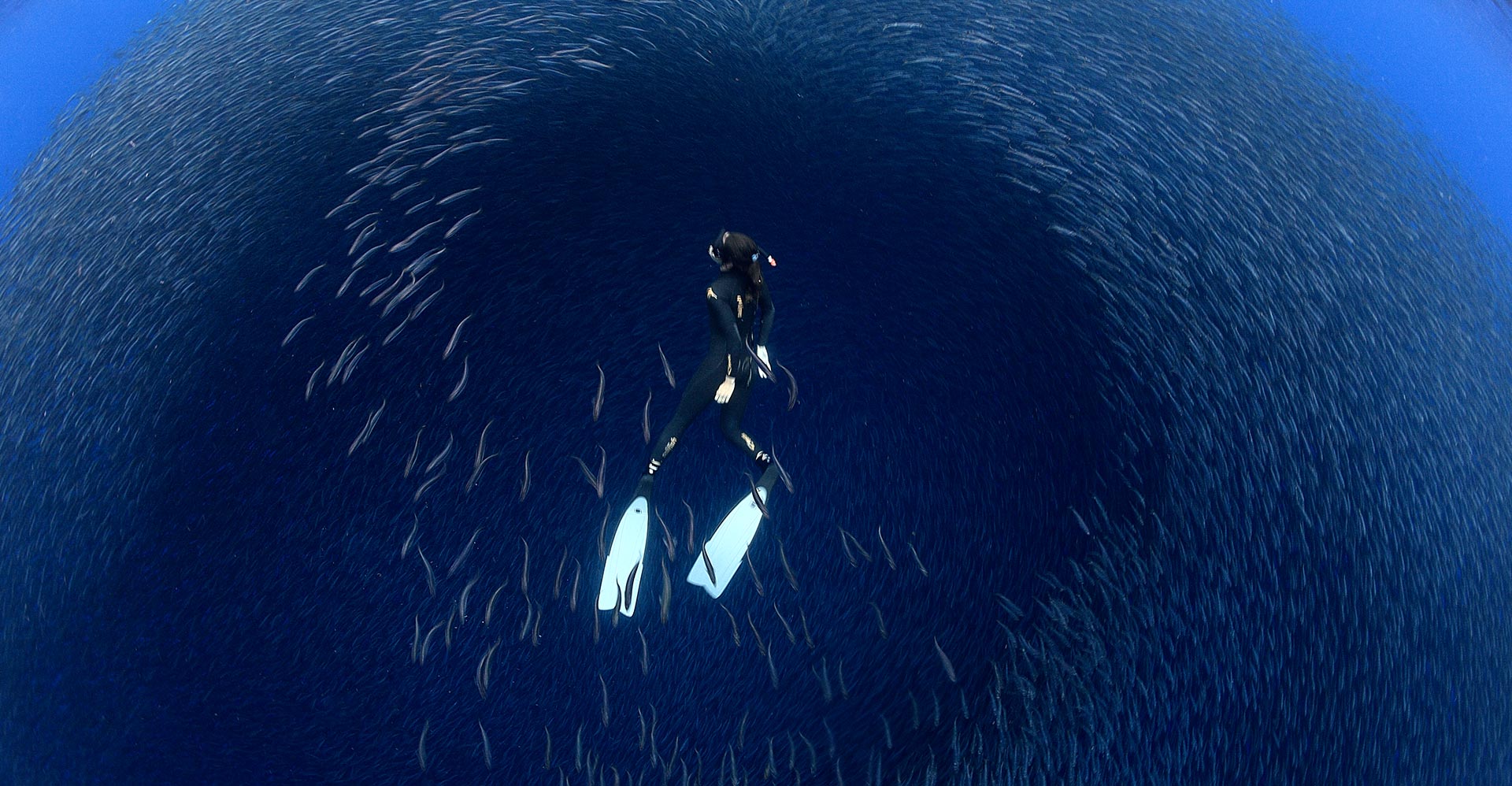

Butterfly Ray
The main character of “Playa de Vueltas”. Sometimes, over 150 individuals have been here reported. Normally, they bury under the sand near the seashore, so to avoid stepping on them, drag your feet when getting into the water. These animals are totally harmless.
Brown Stingray
A very large tail, even longer than the body. Body colour is darker than the Stingray. It also reaches a larger body size, up to 4 m.
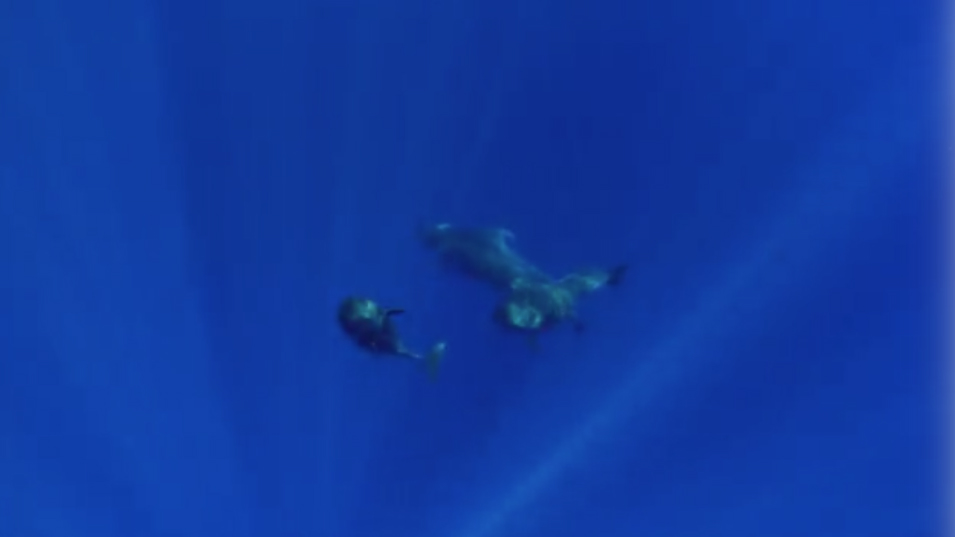

Stingray
Rounded dark body. It is observed under ledges and overhangs, as well as in caves; this is a common visitor to the “Puerto de Vueltas”.
Bull Ray
An unmistakable, tiger-like, coloration pattern. Not a common species to spot. This is a shy species. In contrast to the butterfly ray and the different species of Stingrays, the head of the Bull Ray is prominent with a very long snout.




